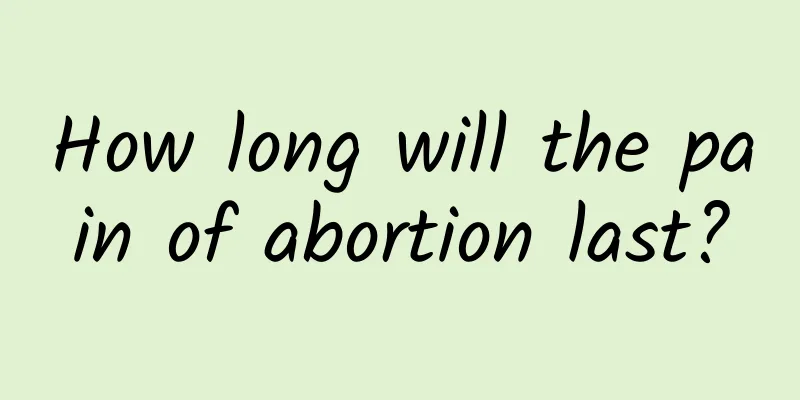Symptoms of phlebitis

|
Phlebitis is relatively common in clinical practice, also known as thrombophlebitis, which is mainly divided into superficial phlebitis and deep phlebitis. The characteristic manifestations of different types of phlebitis are also significantly different. The more obvious symptom is congested erythema around the skin, even accompanied by edema. 1. Deep vein thrombosis in the lower leg: The patient complained of swollen and painful calves and was unable to walk. Examination of the calf reveals pain and tenderness and mild calf swelling; Homans sign is positive. Deep vein thrombosis in the lower leg is also called peripheral deep vein thrombosis. Thrombosis originating from the calf muscle venous plexus is a common site for deep vein thrombosis after surgery. Due to its small range, it often does not affect blood return, the degree of inflammatory response it stimulates is relatively mild, and the clinical manifestations are not obvious. 2. Iliofemoral vein thrombosis. The patient complains of swelling and pain in the entire lower limbs. It can be divided into the following types: (1) Primary iliofemoral venous thrombosis Thrombosis is located in the iliofemoral vein. The incidence is lower than that of deep vein thrombosis in the lower leg. It is more common on the left side, 1-8 times that of the right side. The reason is that the left common iliac vein is compressed by the right common iliac artery and the structure of the cavity is abnormal. In 1965, Cocket et al. first proposed the concept of "iliac vein compression syndrome" after analyzing this type of lesion. The disease has obvious clinical symptoms and sudden onset. There is pain and tenderness. The thrombus triggers an inflammatory response in the iliac femoral vein, which can cause local pain and tenderness. Some patients can often feel cord-like objects formed by thrombus in the femoral triangle area due to the femoral vein being filled with blood clots. The swelling is often very noticeable, typically measuring several centimeters in circumference of the thigh or calf compared to the unaffected side. Some may have compensatory superficial varicose veins. The body temperature rises but usually does not exceed 38.5℃. (2) Secondary iliofemoral vein thrombosis: Also known as mixed deep vein thrombosis, the thrombus originates from the calf muscle venous plexus and spreads upward to involve the iliofemoral veins. This disease has the following clinical features: The onset is mostly insidious. Symptoms are mild at first, and typical symptoms do not appear until the iliac-femoral veins are affected, so the actual disease period is longer than the symptomatic period. Nutritional changes in the foot and boot area. (3) Swelling of the thigh: The most serious type, whether it is primary or secondary iliofemoral vein thrombosis, is when the entire venous system of the affected limb, including potential collaterals, is almost completely blocked and causes severe arterial spasm, resulting in femoral cerulea. The onset is sudden, with severe systemic reactions, and body temperature often exceeding 39°C. Typical symptoms include widespread and significant swelling of the affected limb, tense, shiny and cyanotic skin, which may be accompanied by blisters. Examination reveals that the skin temperature of the affected limb is significantly lower, and the pulsation of the dorsalis pedis and posterior tibial arteries is weakened. 3. Clinical manifestations of pulmonary embolism: 1-10% of patients with deep vein thrombosis of the lower extremities may develop pulmonary embolism, and fatal pulmonary embolism accounts for 0.5% to 2.0%. Typically there may be three major symptoms (dyspnea, chest pain, cough, and hemoptysis) and three major signs (pulmonary rales, hyperactive second sound in the pulmonary valve area, and gallop rhythm), but only 15% of patients with pulmonary embolism have the above clinical manifestations. The most common symptom is shortness of breath. A few patients may have obvious cyanosis. Massive pulmonary embolism can cause severe cardiogenic shock or even sudden death, but most patients with pulmonary embolism lack specific symptoms. |
<<: Symptoms of thrombocytopenia, early treatment
>>: Do you know what stomach cold is?
Recommend
How is rheumatoid arthritis treated? Rheumatoid therapy
Rheumatoid arthritis is becoming more and more co...
Does Cynomorium cause internal heat?
Most people are not very familiar with Cynomorium...
Do you understand these methods of TCM treatment for Yin deficiency and intestinal dryness?
Traditional Chinese medicine has studied the comm...
What food is good for dysmenorrhea
Dysmenorrhea is quite common in life. For girls, ...
What are the symptoms of spleen and stomach disorders? what to do?
Traditional Chinese medicine believes that when t...
What to do if a mole grows and bulges after removal
In daily life, many people have moles on obvious p...
What are the benefits of Korean steam rooms?
As Korean steaming becomes more common in life, p...
What are the breast enhancement teas made by traditional Chinese medicine practitioners?
The old Chinese medicine breast enhancement tea i...
Is temple filling good?
Temple filling is a plastic surgery method. Some ...
What is gynecological cytology?
Due to the physiological characteristics of femal...
Why do I feel anxious and weak in the legs?
Feeling anxious and having weak legs are quite co...
What are the differences between curettage and abortion?
Abortion means artificial miscarriage, which refer...
What to eat is good for the kidneys, 4 kinds of fruits give you unexpected surprises
In life, with the increasing pressure, more and m...
What are the symptoms of uterine inflammation?
When metritis occurs, women often experience abdo...
Can drinking Astragalus soaked in water lower blood sugar?
Astragalus is a very common Chinese medicinal mat...









